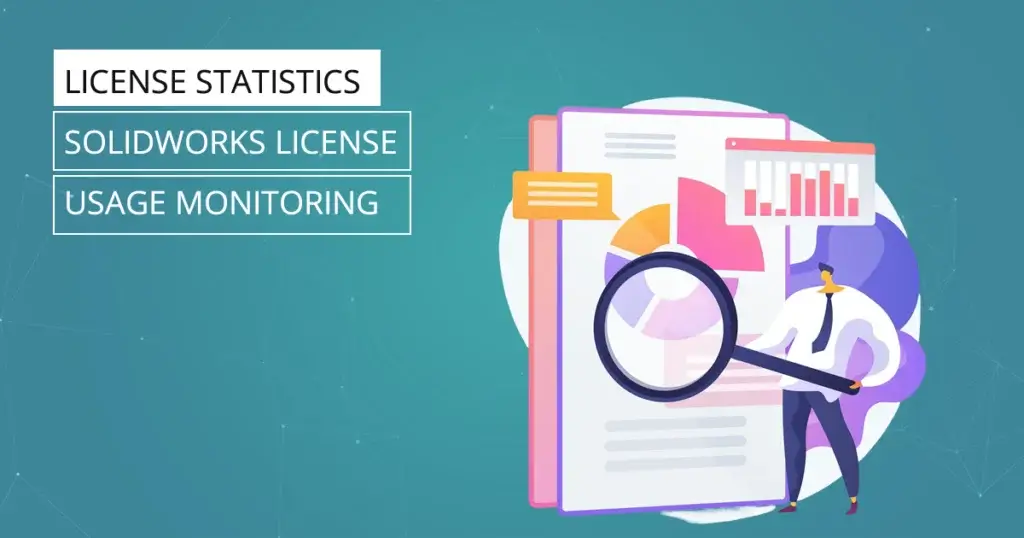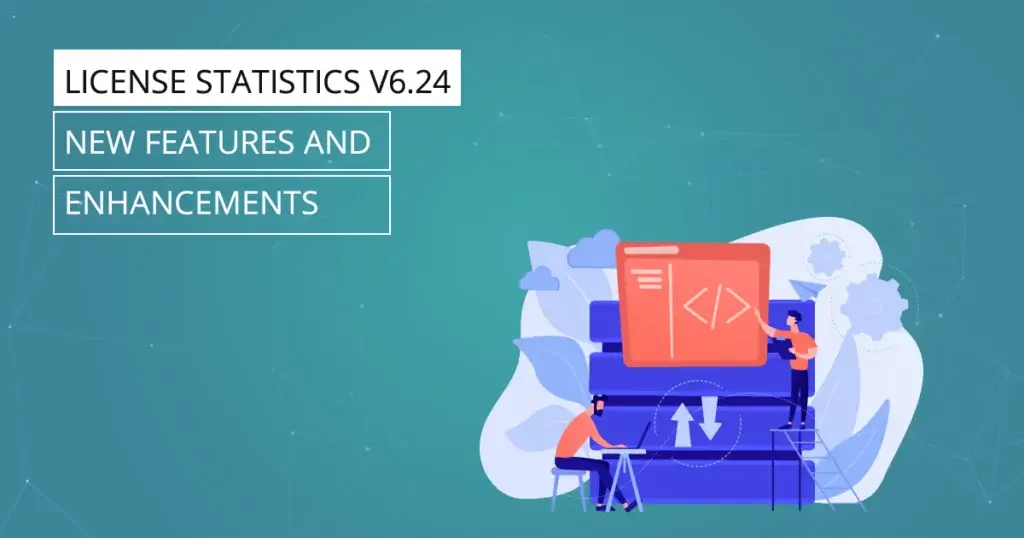Have you ever wondered why Ikea, world’s largest furniture retailer, continues to do much better than upmarket furniture stores? Here’s the answer: in addition to transparency and great customer service, Ikea sells practical, ready-to-assemble, Scandinavian style furniture and home accessories.
But the real secret lies somewhere else: Ikea constantly reminds its customers that it’s OK to bring back the products that did not meet its customers’ expectations. (To be more precise: according to Ikea’s policy, you can “return any product, even if you assembled it, as long as it’s in re-saleable condition”.) It is clear that a customer ranks very high on Ikea’s priority list and… makes the entire business thrive!
Such customer-centered approach has accompanied us at X-Formation from the very get-go. Ever since we started developing our great software products, our objective has always been clear: deliver value to our customers. Over 11 years we’ve understood that when our customers feel valued, they’re more likely to remain loyal. And loyal customers are our most precious asset. We know that there’s nothing unusual or unreasonable about a customer who considers each purchase of a product or service from a self-centered point of view. After all, they’re paying a price.
Our customers’ opinions have always determined our course of action at X-Formation, and today we’d like to share with you some fundamental lessons we’ve learned over the years on how to continue on an upward trajectory and make your customers feel valued. We take pride in our customer retention rate of a stunning 96% so you can trust us on the following key findings:
1. Deliver value to your customers.
Every day do as much as you can to deliver value through the experiences you create around your products and services. Build your reputation on great quality and customer-friendly, knowledgeable employees. Try to quickly and thoroughly investigate any issues your customers may have with your products. (Think about Apple — the company has built a strong reputation based on superior products and great customer service provided by its friendly employees, not special discounts and deals.)
2. Listen to your customers and be responsive to their needs.
Let your customers’ voice be heard. Enable different channels of communication with your customers and regularly review their feedback. Keep development on track with your customers’ needs so that they know that you add new features to your products, or rework old ones based on what they tell you they want and need.
We developed our X-Formation feedback page so that our customers can ask questions and suggest new features in our products whenever they want. In addition to that, our ability to roll out frequent, stable releases that solve real issues for our user community is attributable to our customer-driven development methodology.
3. Deliver great quality products accompanied with great service.
Make sure you the products you sell to your customers have been thoroughly tested and evaluated. Deliver only quality products. Delivering simplified and personalized purchasing experience is very important, but you need to make sure you’re selling premium quality products.
Also, you should remember that when your employees are knowledgeable about the products and services you offer and put trust in the products they sell, they will handle even the most complicated transactions under challenging circumstances.
4. Remember that it’s not about the money, it’s about the customer.
We’ve learned that the total value of a customer is not about a single transaction: the real measure of customer value is about taking a long-term view of company’s relationships with customers. And we know that value must be defined from the customer’s perspective, not anyone else’s.
Customer satisfaction must come as first, everything else will follow. Make a deliberate commitment and focus on the customer. Use it to drive decisions affecting clients and employees.
5. Forget timely tips. Think Agile.
Tips abound about how to boost your productivity and do more in less time. Some of the techniques are quite obvious (write a “to do” list for each day, try multitasking, learn to say no, prioritize things, and so on), while others, such as the “Swiss cheese method” tell you that when there’s a job you really dread doing, you shouldn’t keep putting it off, but rather make “holes” in it by breaking in into smaller tasks, doing them one at a time and setting a time limit.
OK, much as we appreciate the methods, we decided to develop our own methods and workflow: at X-Formation the capacity of each team is determined per cycle (2-week sprint) and each sprint consists of a collection of to-be-performed, prioritized tasks that we put in the backlog using JIRA issue tracker.
Think of your own method. Listen to your employees, observe their working patterns and only then choose the method that will work best for them.
6. Establish great rapport with your customers.
Over many years we’ve learned that connecting to our customers on an emotional level and providing them with a unique experience by proactively anticipating what they need and expect—and exceeding those expectations every time — is the key to establishing a long-lasting relationship.
Therefore, we always strive to offer as customized and personalized customer experience as possible, even if it requires two or three of us spending lots of time on helping this one, special customer.
Remember: the more value you create, the more valuable you will become.


